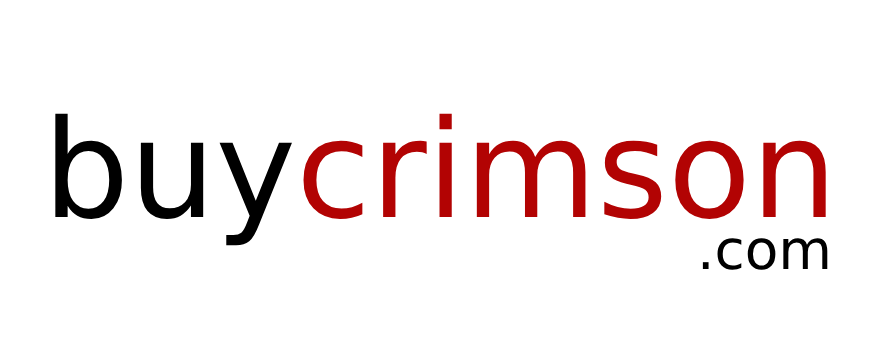In the last few days, honey has attracted huge interests and we decided to write a detailed note on it.
We will use European standards as two years back we worked with a European group who wanted and eventually passed our honey but crisis arose when they wanted 120 tonnes per quarter and we were not able to give even 20 tonnes /per year. So all references are to EU standards. And yes our samples were passed both within Indian labs designated (there is only 1 lab in Chennai) and buyers labs in Europe that was necessary protocol for approvals.
AUTHENTICITY OF PRODUCTION
The major concern of honey quality is to ensure that honey is authentic with respect to the legislative requirements. According to the definition of the Codex Alimentarius (Codex Alimentarius Commission 2001) and other international honey standards (2001/110/EC, EU Council 2002) honey shall not have added any food ingredient other than honey to it nor shall any particular constituent be removed from it. Honey shall not have any objectionable matter, flavour, aroma or taint from foreign matter during its processing and storage. The honey shall not have begun to ferment or effervesce. No pollen or constituent particular to honey may be removed except where this is unavoidable in the removal of foreign inorganic or organic matter. Honey shall not be heated or processed to such an extent that its essential composition is changed and/or its quality impaired.
Fermentation
Harvesting honey with a too high-water content leads to spoilage by fermentation, resulting in a product with an off-taste, high levels of yeast, glycerol, butanediol.
Heat defects
The use of excessive heat for liquefaction or pasteurization of honey has adverse effects on honey quality, i.e., loss of volatile compounds, accumulation of HMF and reduction of invertase and diastase activities. Quantification of HMF content and enzyme activities are useful tools in detecting heat induced defects in honey but cannot be used for the determination of botanical or geographical origin.
Honey filtration
Honey should not be strained with a mesh size smaller than 0.2 mm in order to prevent pollen removal. On the other hand, the shortly revised Codex Alimentarius Honey Standard (Codex Alimentarius Commission 2001) and EU Directive relating to honey (EU Council 2002) allow a removal of pollen if it is unavoidable for the removal of foreign matter. Such honey should be labelled as ?filtered?. As microscopical pollen analysis is still the most important tool for the determination of botanical and geographical origin of honey the removal of pollen by filtration will make authenticity testing much more difficult, if not impossible.
Adulteration by sweeteners
As a natural product of a relatively high price, honey has been a target for adulteration for a long time. Addition of sweeteners, feeding the bees during the nectar flow or extracting combs containing bee feed may adulteration of honey. The following sweeteners have been detected in adulterated honeys: sugar syrups and molasses inverted by acids or enzymes from corn, sugar cane, sugar beet and syrups of natural origin such as maple. Recently, there has been a major adulteration problem, predominantly concerning honey from the Far East.
Organic honey, raw or unheated honey
European regulation for the production of organic honey has been established (EU 1999). As with all organically produced food, the control of organic honey implies only the beekeeping procedures and not the honey quality. As a consequence, no testing scheme can reveal if a honey is organically produced or not. However, the presence of veterinary drug residues will definitely demonstrate that organic production methods have not been used and will thus expose the mislabeling of a sample as organic. The label ?natural? honey is misleading, since honey is natural by definition.
Fresh honey has a very low hydroxymethylfurfural (HMF) level and shows a natural level of enzyme activity. The designation fresh, raw or virgin honey has been proposed to indicate that the honey has not been heat-treated (EU 2002) honeys should have a maximum HMF content of 25 mg/kg. There are also proposals that the HMF level of raw, unheated honey should be below 15 mg/kg, while the invertase activity should be higher than 10 Hadorn units.
METHODS FOR TESTING OF AUTHENTICITY OF HONEY PRODUCTION
Microscopic, physico-chemical and organoleptically methods such as pollen analysis, determination of moisture, HMF-content, invertase- and diastase activity, sugar composition, electrical conductivity and proline content are used for routine quality control of honey. They are suitable as screening tools to detect impaired honeys, which can be further submitted to analysis with more sophisticated techniques like stable carbon isotope ratio analysis. At present the determination of each parameter requires another analytical method and is thus very time consuming. In the future the routine parameters for honey quality control may be measured within minutes by infrared spectroscopy (not available in India currently)
Honey fermentation
Harvesting of honey with high moisture content, or subsequent addition of water can result in honey fermentation and spoilage. Honey spoilage can be tested by a microscopic yeast count by determining the glycerol butanediol or ethanol contents.

Adulteration by addition of sugars
Adulteration by addition of cane- and corn sugar can be screened microscopically and verified by measurement of 13C/12C isotopic ratio the addition of high fructose corn syrup may be detected by oligosaccharides naturally not present in honey. Recently infrared spectroscopic methods have been described for the detection of adulteration by beet and cane sugar and there it is all pass syrup failed till 75 % adulteration.
And now what can one do:
Always very important question
Buy from a trusted source —-and that trust must come from the supplier’s knowledge base and his integrity (which any intelligent person can judge) rest technologies will always a step ahead of where money is involved.
And I can only recommend our honey —though in limited quantity bit costlier but at least we put in efforts to know what we are offering.
Research Done By TEJASVANI GROUP
